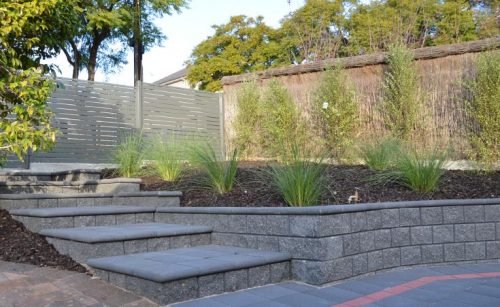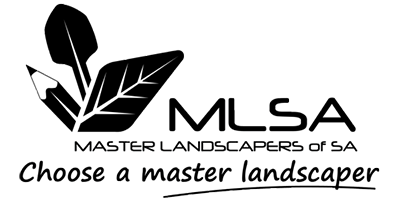The Advantages & Disadvantages Of Using Artificial Grass Explained.
Artificial grass or synthetic grass as it is commonly referred is a surface made up of synthetic fibres coated with silicone protruding from a polypropylene base that is manufactured to look like natural grass.
The history of artificial grass dates back to 1960 and was used as the surface for indoor major league baseball and millions of welcome mats in America. Now, with improvements in the quality of artificial grass at each stage of the life cycle; manufacturing, installation and maintenance, synthetic grass is used by landscapers in a multitude of residential landscaping projects and has commercial applications in sports, at airports and commercial landscaping projects such as indoor displays and floor mats.
There are a number of advantages and disadvantages with artificial grass, so if you’re looking at installing a synthetic grass, look at the purpose the grass will be used for.
Advantages of Artificial Grass
Here are just some of the many advantages offered by laying artificial or synthetic grass:
- Artificial grass can be a better solution when the environment is hostile to natural grass,
- Artificial grass can withstand significantly more use than natural grass,
- Ideal when maintenance of lawns is not practical such as for elderly home-owners,
- Easy maintenance; artificial grass can be vacuumed, swept with a broom or hosed over with water,
- Suitable for roof gardens and swimming pool surrounds; areas that get wet with rain,
- Some commercial artificial grasses allow for the inclusion of fibre-optic fibres into the grass.
Disadvantages of Artificial Grass
Artificial grass does however have some disadvantages that should be considered before using it, depending on the application:
- Some long fibre artificial grass requires infill such as silicon sand and/or granulated rubber,
- Periodic disinfection of artificial grass may be required as some pathogens are not broken down,
- Friction between skin and artificial grass can cause abrasions to a greater extent than natural grass,
- Artificial grass tends to retain heat from the sun and can be much hotter than natural grass,
- Modern artificial grass are more permanent installations and are not as easily removed,
- Line markings for differing sports are sewn into artificial grass, making line markings permanent.
There are these days many manufacturers of artificial or synthetic grasses and come in two main pile types, short and long, which are suitable for different applications.
Short Pile
Short pile artificial grass is often glued to a pre-existing surface or secured with timber edging boards and does not require sand or rubber in-fill. Used in high traffic areas including:
- pool and balcony areas,
- shop floor and displays,
- marine applications.
Long Pile
Long pile usually requires sand or rubber in-fill and is secured by trenching the perimeter or attaching the grass to timber edge boards. Ideal for ‘soft fall’ situations such as:
- child care centres,
- outdoor sporting fields,
- children’s playground areas.


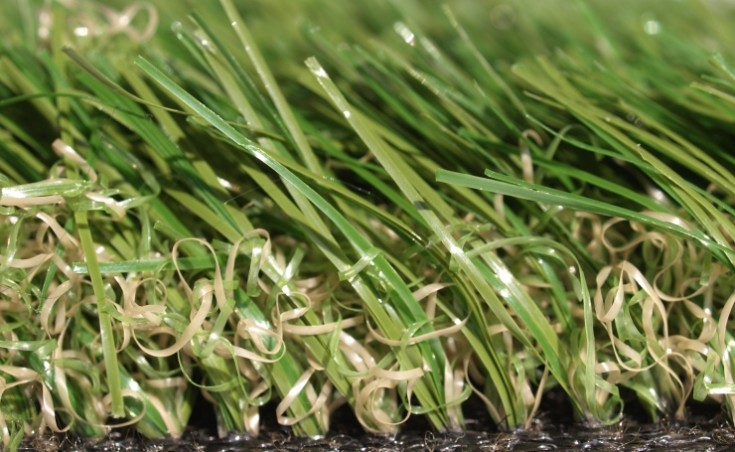
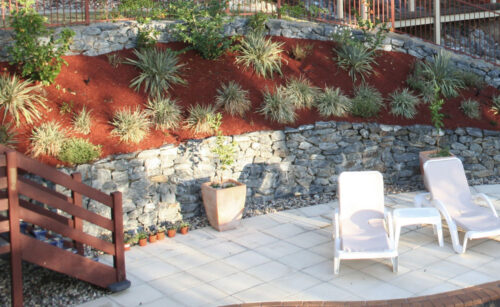 Rubber Mulch & Soft Fall Rubber Surfaces Adelaide
Rubber Mulch & Soft Fall Rubber Surfaces Adelaide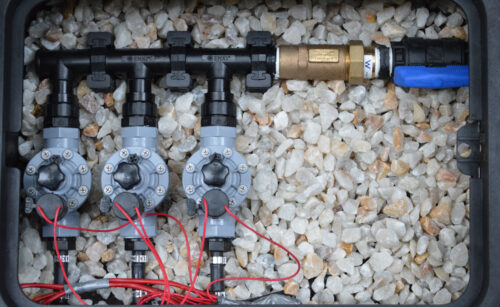 Landscapers Install Hard Wired Automatic Irrigation System
Landscapers Install Hard Wired Automatic Irrigation System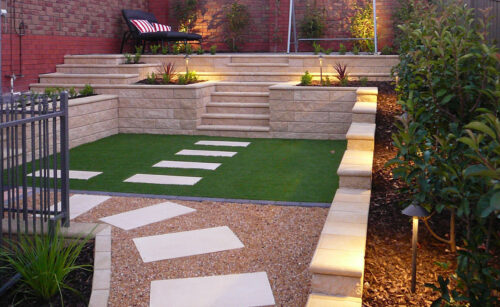 Landscapers Create Back Garden Makeover On Sloping Block
Landscapers Create Back Garden Makeover On Sloping Block